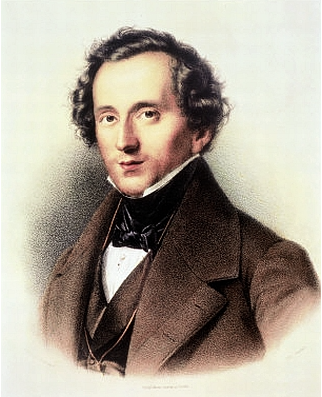Current in a RL Circuit
A resistor-inductor circuit is an electric circuit that contains both a resistor, R, and an inductor, L, and is powered by a current or voltage source such as a battery. The energy conservation equation for a RL circuit is typically of the form: ΔV_battery + ΔV_resistor + ΔV_inductor = 0

The Main Idea
The three basic elements of an electrical circuit are the resistor, R, inductor, L, and capacitor, C. There are four unique combinations of these elements - the RL, LC, RC, and RLC circuit. Each circuit behaves slightly different in order to act as a passive filter to significantly contribute to electronics. RL circuit in both series and parallel
A Mathematical Model
ΔV_battery + ΔV_resistor + ΔV_inductor = 0
Emf_battery - RI - L(dI/dt) = 0
A Computational Model
How do we visualize or predict using this topic.
Examples
Be sure to show all steps in your solution and include diagrams whenever possible
Simple
Middling
Difficult
Connectedness
- How is this topic connected to something that you are interested in?
- How is it connected to your major?
- Is there an interesting industrial application?
A common industrial application of the RL circuit is as a direct current power supply to radio frequency amplifiers. In this case, the inductor is needed to block the radio frequency from returning to the power supply.
History
A French scientist, Felix Savary, was the first to discover the electrical oscillations of a capacitor. This discovery was made during an experiment where there was a needle with a piece of wire wrapped around it. Savary observed that the needle move back and forth. Felix hypothesized that this effect occurred because of a current in the wire. The current caused oscillations which magnetized the needle back and forth until the current decreases. In the end of the 19th century, this theory was put into use in radio transmitters that allowed the receiver to be tuned in.

See also
Are there related topics or categories in this wiki resource for the curious reader to explore? How does this topic fit into that context?
Further reading
Books, Articles or other print media on this topic
External links
References
http://cnx.org/contents/7025ec30-2efe-449f-8475-089c3063433f@3.1:9/MATH-1508-(Laboratory)-Enginee http://www.physics.rutgers.edu/ugrad/205/manuals/am.pdf